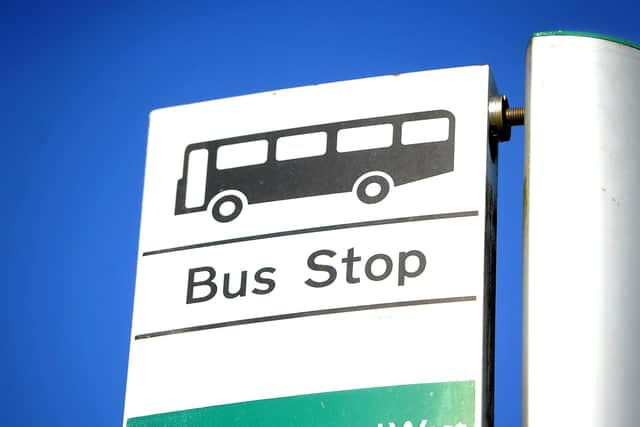These are 13 priorities in West Sussex bus service improvement plan
and live on Freeview channel 276
The council bid for £90m from the Department for Transport in 2021 as part of its Bus Service Improvement Plan.
It was only granted indicative funding for 2022/23 to 2024/25 of £17.4m and has come up with 13 ‘priorities’ on which to spend the money.
Advertisement
Hide AdAdvertisement
Hide AdThey were approved by Joy Dennis, cabinet member for highways & transport on Friday (July 1) and will come into force on July 13 if no councillors call-in the decision for further debate.


The improvement plan was developed as part of a draft Enhanced Partnership with local bus companies and is linked to the West Sussex Transport Plan and the Climate Change Strategy.
A large chunk of the money – £6.383m – has been lined up for two bus lane schemes in Crawley, where the impact of the pandemic on services was described as being ‘dramatic’.
One is for bus lanes along Station Way and the other is to extend the Manor Royal lanes.
Among the other 11 projects are:
Advertisement
Hide AdAdvertisement
Hide Ad£2m for a young persons’ fare discount scheme which will allow 16-21 year olds to pay child fares £1.2m for a new Littlehampton to Chichester service £1.2m for traffic signals at 20 junctions throughout the county £2.5m for 300 real-time information screens £599,180 for bus stop improvements £1.2m to pilot digital demand-responsive transport (DDRT) in five areas
DDRT schemes would be especially useful to people in areas where fixed-route bus services are infrequent or financially unfeasible.
They allow people to use apps to ‘book’ a bus, which can then be diverted from its usual route to pick them up.
This would be a joint project run with East Sussex County Council.
Advertisement
Hide AdAdvertisement
Hide AdThe council had until the end of June to submit details of its draft Enhanced Partnership to the Department for Transport.
It must now wait to find out whether the submission met the expectations and criteria needed to have the funding confirmed – or if more work needs to be done to bring the plans up to scratch.